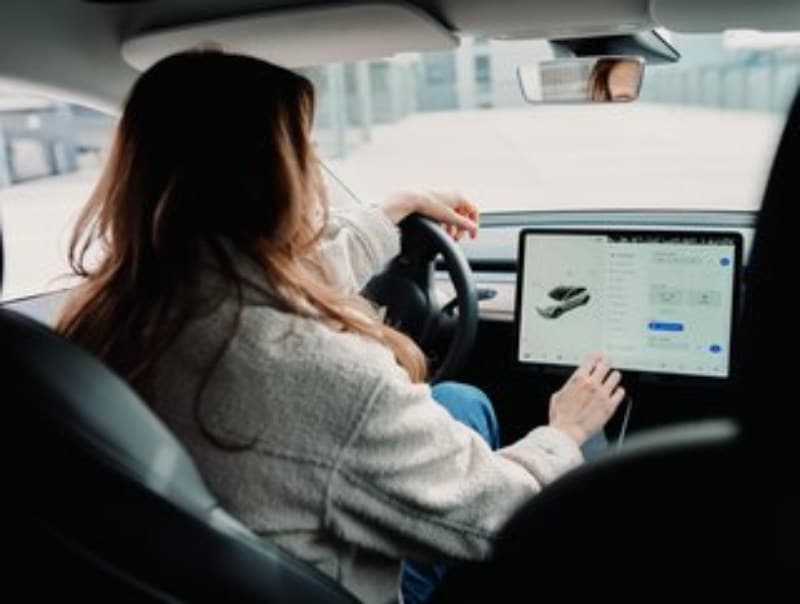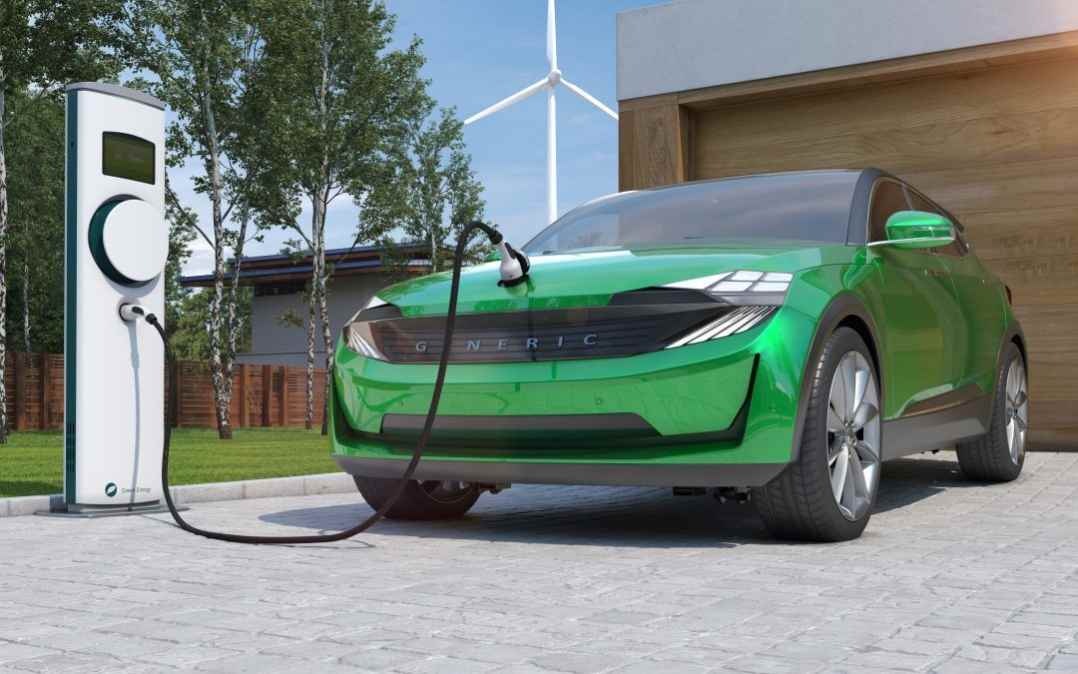Recent Report Uncovers Why Electric Vehicle Ownership Skews Toward Men Over Women

In recent years, electric vehicles (EVs) have gained increasing popularity, with a growing number of manufacturers introducing their own models and more consumers opting for the switch to EVs.
In recent years, electric vehicles (EVs) have seen a surge in popularity, with an increasing number of manufacturers introducing their own models and a growing number of consumers making the transition. However, a report from S&P Global reveals a significant gender disparity in EV adoption. According to their findings, 72% of EVs are purchased by men, while only 28% are bought by women. This statistic stands in stark contrast to the overall car purchasing landscape, which is evenly split between genders, with a 50/50 distribution.
What is the reason behind the division?
The purchase gap for electric vehicles (EVs) can be attributed to several key factors, as highlighted by Inside Climate News. One significant factor is the upfront price of EVs. While EVs generally have lower maintenance costs than traditional gas-powered vehicles, they come with a higher initial price tag.
This cost disparity affects women more significantly, as they, on average, earn less than men. Similarly, people of color are less likely to opt for EVs due to the financial barrier. To address this issue, Quinta Warren, the associate director of sustainability policy at Consumer Reports, suggests that exposure and education initiatives are needed to increase familiarity with EVs.
However, one of the most prominent factors contributing to the EV purchase gap is safety concerns. Unlike gas-powered cars that can be refueled in minutes, EVs typically require around half an hour to charge. This means drivers must spend a significant amount of time at charging stations.
Unlike gas stations, where attendants are often present, EV charging stations can be isolated, located in remote areas of parking lots, or in less safe neighborhoods. This poses a safety concern, particularly for women, who may feel vulnerable to potential threats while waiting for their cars to charge.
Andrea Colomina, the sustainable communities program director at Green Latinos, emphasizes the importance of considering the user experience from all perspectives. She notes that decisions in the EV industry have often been made without taking into account the unique needs and concerns of all potential users.
What are the reasons for promoting greater accessibility of electric vehicles (EVs) among women?
Electric vehicles (EVs) offer cost-effective driving and lower maintenance compared to traditional cars while also being environmentally friendly. Unlike gas-powered vehicles that emit heat-trapping gases, EVs produce no emissions during operation. A widespread transition to electric vehicles could significantly contribute to mitigating global warming. However, ensuring equitable access to EVs is crucial for this transformation.
Recently, the Biden administration allocated more than $900 million to establish a nationwide network of EV charging stations in the United States. Hopefully, careful consideration will be given to their placement in secure and accessible locations.




